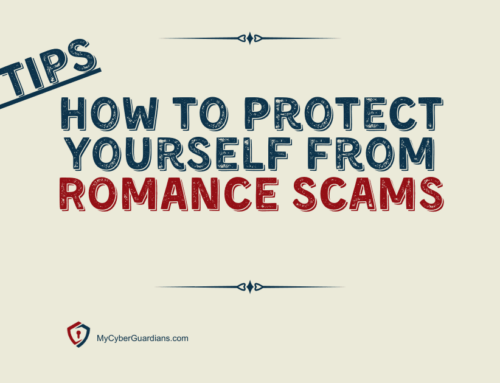
Have you ever received a call from someone claiming to be from tech support warning you about an issue with your computer? They might tell you that your system is infected with a virus or that your software is outdated. You start to panic and think, “Oh no! What if it’s true?” But before you take any action, take a deep breath and read this blog post. We’re here to equip you with the knowledge and tools to protect yourself from tech support scams.
Understanding the Scam
Let’s start by understanding how these scams work. Tech support scammers often pose as representatives of well-known companies like Microsoft or Apple. They use tactics such as cold calling, pop-up ads, or even phishing emails to trick unsuspecting victims into believing something is wrong with their computers. Their ultimate goal? To gain access to your sensitive information or get you to pay for unnecessary services.
Recognizing the Red Flags
To avoid falling victim to a tech support scam, it’s crucial to recognize the red flags. Here are some signs that should raise your suspicion:
Unsolicited Calls
Legitimate tech support companies typically don’t call customers out of the blue. If someone calls claiming to be from tech support without any prior contact or request for assistance, it’s likely a scam.
Urgency and Pressure
Scammers employ fear tactics by creating a sense of urgency. They may claim that immediate action is required to fix a critical issue on your computer. Remember, reputable companies won’t pressure you into making hasty decisions.
Requesting Remote Access
One common technique scammers use is requesting remote access to your computer. They’ll ask you to download special software that allows them control over your device. Never grant remote access unless you are sure of the person’s legitimacy.
Payment in Gift Cards or Wire Transfers
Tech support scammers often ask for payment unconventionally, such as gift cards or wire transfers. Legitimate companies typically offer standard payment methods, like credit cards or PayPal.
Equipping Yourself with Knowledge
Now that you know some of the red flags to watch out for, let’s discuss how to equip yourself with knowledge to protect against tech support scams.
Educate Yourself and Your Loved Ones
Knowledge is power! Take the time to educate yourself about common scams and share this information with your friends and family. The more people are aware of these tactics, the less successful scammers will be.
Verify Legitimacy
If someone claims to be from a well-known company, don’t hesitate to verify their legitimacy. Hang up the phone or close the pop-up window and contact the company using their official contact information. They can confirm whether the call or message was genuine.
Install Reliable Security Software
Investing in reliable security software is a critical step in protecting yourself online. It can help detect and block potentially harmful websites and phishing attempts. Keep your software up to date for maximum protection.
Enable Two-Factor Authentication
Two-factor authentication adds an extra layer of security by requiring two forms of verification before accessing your accounts. Please enable this feature whenever possible to make it harder for scammers to gain unauthorized access.
Reporting Incidents
If you encounter a tech support scam or believe you’ve been targeted, it’s essential to report the incident. By doing so, you contribute to efforts to catch scammers and prevent others from falling victim.
Conclusion: Stay One Step Ahead!
In today’s digital world, staying safe from tech support scams is crucial. By recognizing red flags, educating yourself, verifying legitimacy, installing security software, enabling two-factor authentication, and reporting incidents, you’re equipping yourself with the tools needed to stay one step ahead of scammers.
Remember: knowledge is your shield against scams. Stay informed, stay vigilant, and protect yourself and your loved ones from falling victim to tech support scams.

 We hope you enjoy reading this blog post. If you are ready to have us
We hope you enjoy reading this blog post. If you are ready to have us


